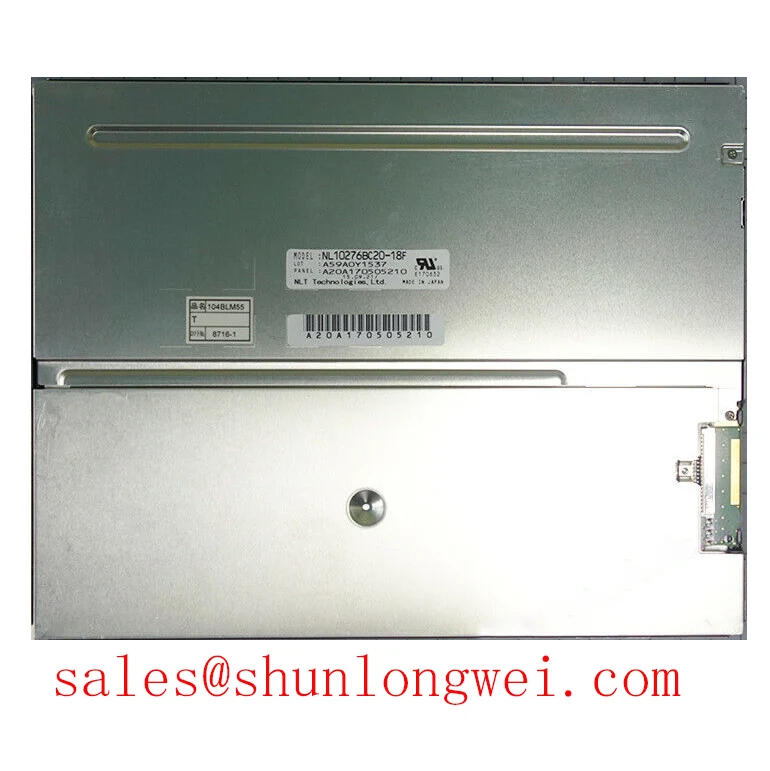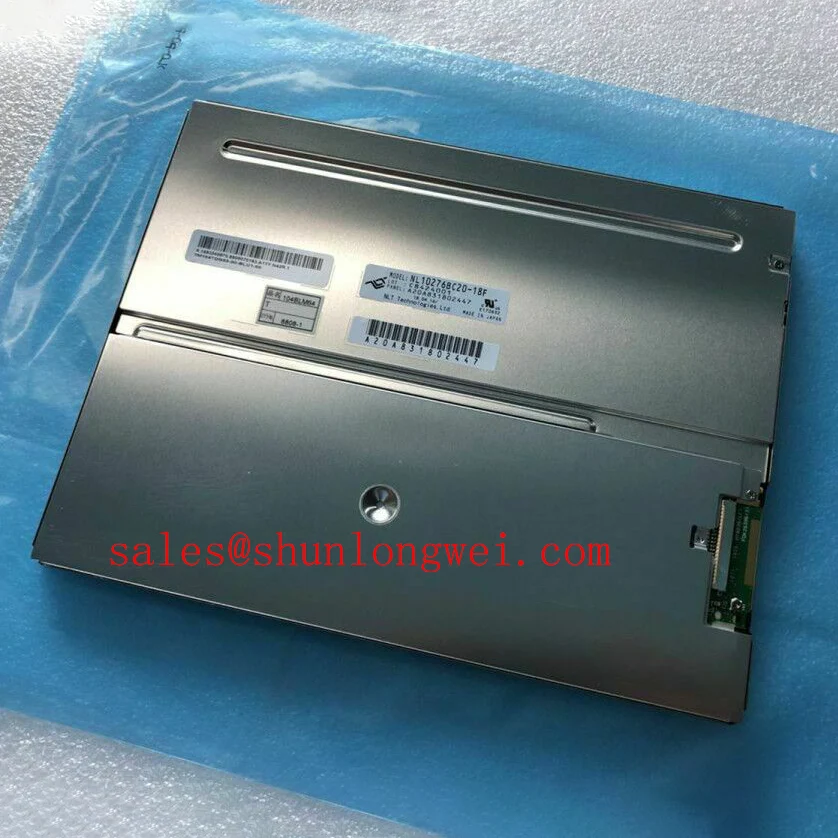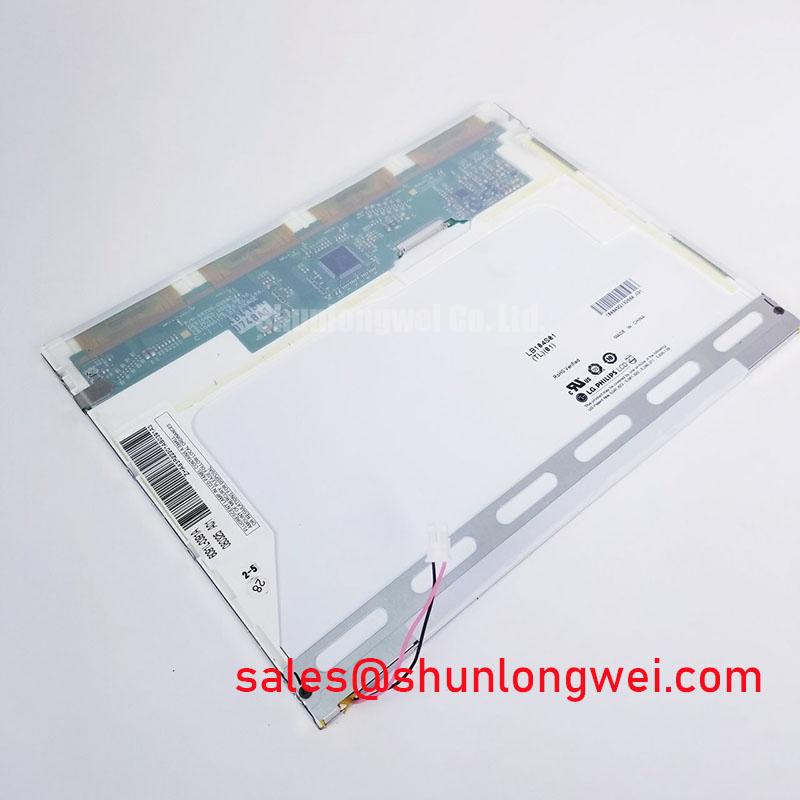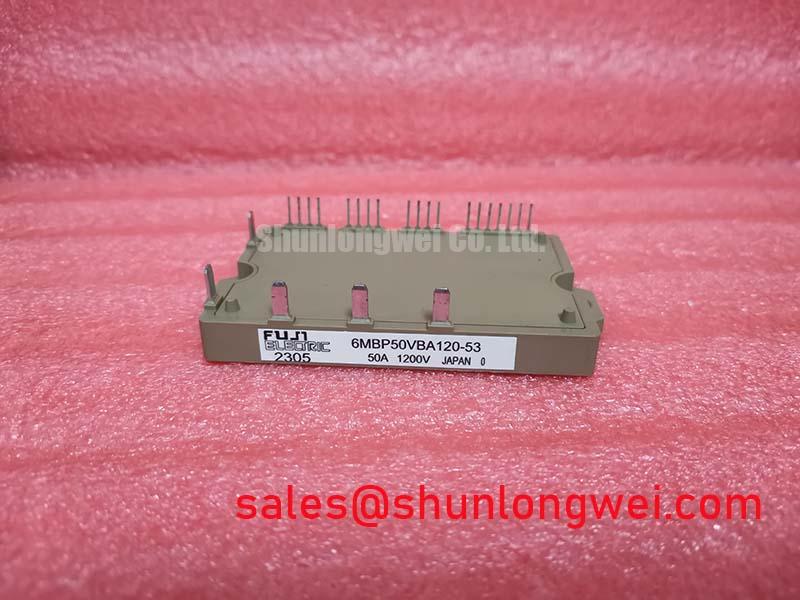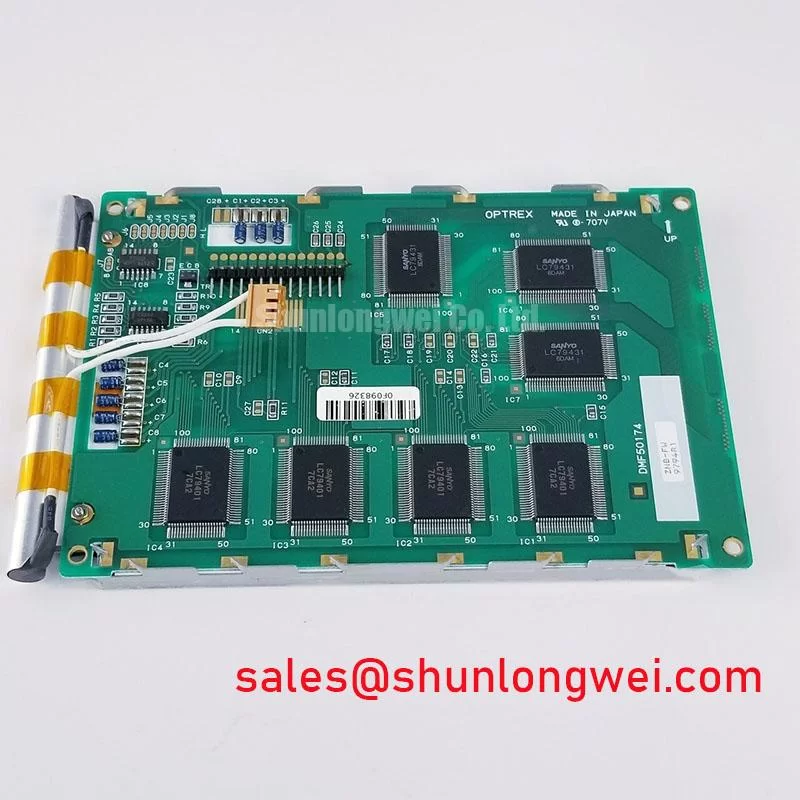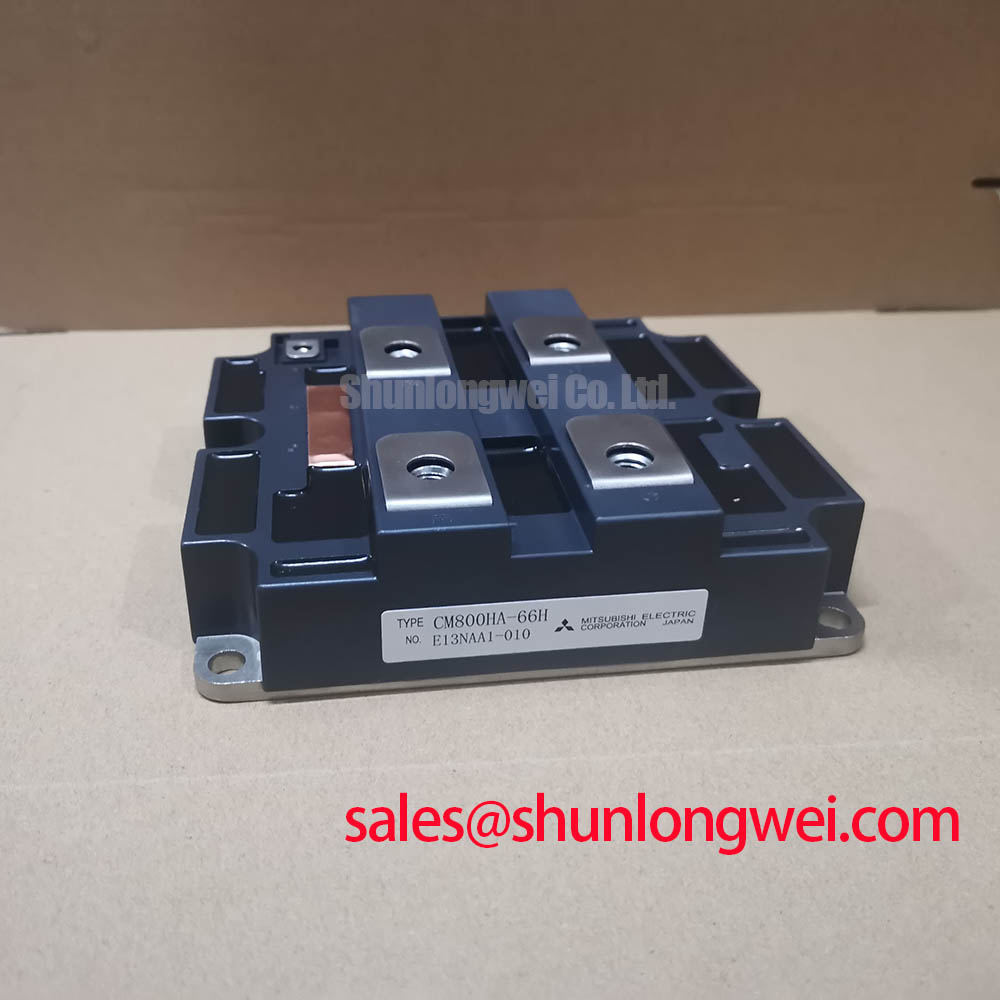NL10276BC20-18F: Engineering an All-Weather 10.4-inch XGA Display for Demanding Industrial HMIs
Content last revised on October 13, 2025.
A High-Performance Core for Reliable Visual Data Delivery
The Tianma NL10276BC20-18F is a 10.4-inch a-Si TFT-LCD module engineered for exceptional visual performance and operational resilience in challenging industrial environments. It delivers a sharp, high-contrast image through its XGA resolution and robust backlight system, making it a premier choice for human-machine interfaces (HMIs) where data integrity and uptime are paramount. Key specifications include: 1024x768 XGA Resolution | 800 cd/m² Brightness | -30°C to +80°C Operating Temperature. This display provides two critical engineering benefits: superior readability in variable lighting and consistent performance across extreme temperatures. Addressing the need for durable displays in outdoor or unconditioned indoor settings, the NL10276BC20-18F's wide thermal range and high brightness directly solve the challenge of maintaining screen clarity from pre-dawn chill to peak afternoon sun. For industrial HMI systems that demand unwavering readability across wide temperature swings, the NL10276BC20-18F's combination of high brightness and an extensive operating range establishes it as the optimal design choice.
Application Scenarios & Value
System-Level Benefits in High-Ambient-Light and Temperature-Variant Environments
The NL10276BC20-18F is engineered to excel in applications where standard displays falter. Its high luminance of 800 cd/m² is a critical parameter, providing the necessary output for clear readability in environments with high ambient light, such as outdoor kiosks, marine chart plotters, and vehicle-mounted terminals in construction or agriculture. Imagine an operator in a crane cabin relying on a control panel display; the 800-nit brightness ensures that critical load data and safety warnings are clearly visible, even under direct sunlight, mitigating risks and enhancing operational efficiency. The display's true value, however, is realized when this brightness is paired with its exceptionally wide operating temperature range of -30°C to +80°C. This specification guarantees reliable startup and stable operation in environments from frozen food processing plants to sun-baked desert installations, eliminating the need for costly external heating or cooling systems. This dual capability simplifies thermal management, reduces system complexity, and enhances the overall reliability and total cost of ownership for the end equipment. For systems requiring similar durability but with different interface or resolution needs, models like the NL10276BC24-21F may offer alternative integration paths.
Key Parameter Overview
Decoding the Specs for Environmental Robustness and Visual Performance
The specifications of the NL10276BC20-18F are a direct reflection of its suitability for demanding industrial and outdoor applications. The functional grouping below highlights the key attributes that enable its high performance and reliability.
| Feature Group | Parameter | Value |
| Optical Performance | Screen Size | 10.4 inches |
| Resolution | 1024(RGB) x 768 [XGA] | |
| Brightness | 800 cd/m² (Typ.) | |
| Contrast Ratio | 900:1 (Typ.) | |
| Environmental Resilience | Operating Temperature | -30°C to +80°C |
| Storage Temperature | -30°C to +80°C | |
| System Integration | Signal Interface | LVDS (1 ch, 6/8-bit) |
| Supply Voltage | 3.3V (Typ.) | |
| Dimensions (WxHxD) | 228.0 x 178.5 x 8.7 mm |
Download the NL10276BC20-18F datasheet for detailed specifications and performance curves.
Frequently Asked Questions
How does the -30°C to +80°C operating temperature impact system design and reliability?
This wide temperature range is a critical enabler for deploying equipment in environments without climate control. For system designers, it eliminates the dependency on auxiliary heaters for cold starts or fans for high-temperature operation, which simplifies the mechanical design, reduces power consumption, and removes potential points of failure. The result is a more robust and reliable end-product with a lower total cost of ownership, suitable for applications like agricultural guidance systems or outdoor digital signage.
What is the practical benefit of the 800 cd/m² brightness in a real-world application?
The 800 cd/m² luminance provides excellent screen readability under high ambient lighting. Think of it as the display's ability to "outshine" the sun's glare. For a marine navigator using an electronic chart system on an open deck, this high brightness means the map, course, and critical warnings remain sharp and visible without needing to find shade. This directly enhances safety and operational effectiveness where immediate data interpretation is essential.
Technical Deep Dive
Engineering for Reliability: The Significance of the Wide Temperature Range
The operational temperature range of -30°C to +80°C is more than just a specification; it is a cornerstone of the NL10276BC20-18F's design philosophy, enabling its deployment in some of the most punishing environments. Achieving this requires careful material selection and engineering at the component level. The liquid crystal fluid itself must be formulated to maintain its viscosity and response time at low temperatures, preventing sluggish pixel switching that leads to "ghosting." At the high end, the materials for the polarizers and alignment layers must resist degradation and discoloration under prolonged heat, which would otherwise permanently impair contrast and color accuracy. This built-in thermal resilience ensures that the display provides consistent, predictable performance whether it is installed in a cold storage warehouse HMI or an un-airconditioned toll booth in a hot climate. This level of robustness is a hallmark of industrial-grade components from manufacturers like Tianma, a key player in specialized display technologies.
To further understand the impact, consider the panel's internal components. The thin-film transistors (TFTs) and gate drivers are designed to operate reliably across this thermal spectrum, ensuring stable electrical characteristics. The LED backlight system is also specified for this range, guaranteeing both consistent light output and a long operational life, even when subjected to thermal cycling. This holistic approach to thermal engineering delivers a display that system integrators can specify with confidence for applications where failure is not an option.
Get Expert Support for Your Display Integration
Navigating the complexities of display selection and system integration requires deep expertise. Our team of specialists is ready to provide the technical support you need to evaluate and implement the NL10276BC20-18F for your specific application. Contact us for detailed specifications, integration guidance, and to discuss your project requirements.

